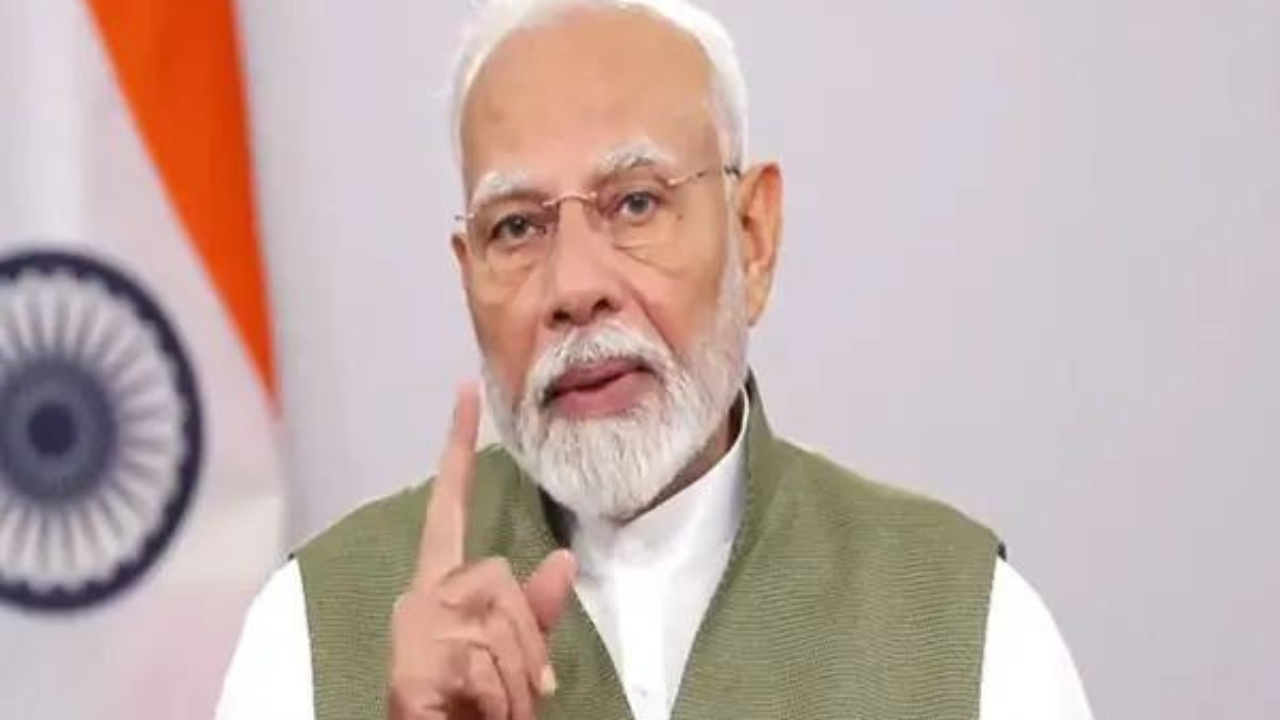“We are not resting on these achievements and the nation remains focused on strengthening existing solutions while also looking at new and innovative areas.This is where green hydrogen comes into the picture… We aim to position India as a global hub for the production, utilisation, and export of green hydrogen. The National Green Hydrogen Mission (NGHM) launched in 2023 is a critical step toward realising this ambition. It will drive innovation, build infrastructure, stimulate industry growth, and attract investment in the sector,” he said in his inaugural speech delivered virtually at the 2nd International Green Hydrogen Conference.
Pointing out that India’s installed non-fossil fuel capacity “increased 300% and solar energy capacity received a boost of 3,000%” in the last 10 years, Modi said GH2 can help decarbonise heavy industries and long-haul transport. GH2 is produced through electrolysis using renewable power as opposed to extraction from natural gas, which is termed ‘grey’.
The rapid expansion in renewables capacity since 2014, when Modi first became PM, provides the foundation for NGHM with a target of achieving 5 million tonnes of annual GH2 production capacity by 2030. The government is offering a production-linked incentive of Rs 13,050 crore for GH2 production and Rs 4,440 crore for electrolyser manufacturing. Green sources, including small and large hydel units as well as nuclear, currently account for 45.5% of India’s total generation capacity of over 4.4 gigawatts (GW) but 60-70% of the electricity in the grid still comes from coal-fired plants. In 2014, renewables accounted for about 15% of the total generation capacity of 2.5 GW.
The PM also highlighted the government’s effort towards skill development in the sector as well as investments in cutting-edge research and development, partnerships between industry and academia and encouragement for startups to tap the “great potential” for a “green jobs eco-system” offered by GH2.
Seeking greater global cooperation in the sector, Modi urged domain experts and the scientific community to “lead the way and work together”. Exhorted scientists and innovators to propose public policy changes to further support the sector, he asked, “Can we improve the efficiency of electrolysers and other components in green hydrogen production? Can we explore the use of seawater and municipal wastewater for production?”
In his address, renewable energy minister Pralhad Joshi said NGHM has the potential to attract Rs 8 lakh crore in investments, generate six lakh jobs and lead to savings of Rs 1 lakh crore by reducing natural gas and ammonia imports. Oil minister Hardeep Puri said NGHM will reduce 15 million tonnes of CO2 emissions annually.






